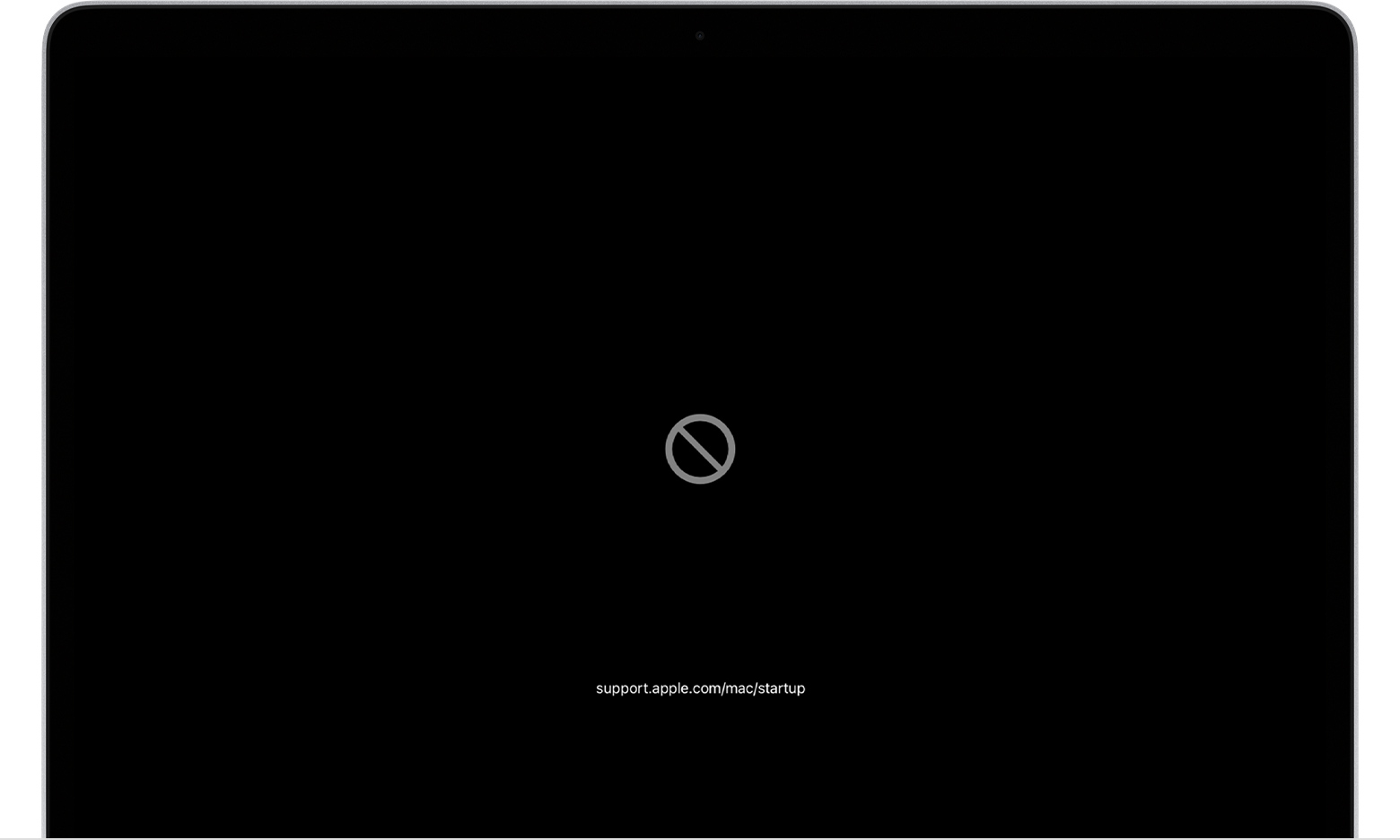The 'classic' Mac OS is the original Macintosh operating system that was introduced in 1984 alongside the first Macintosh and remained in primary use on Macs until the introduction of Mac OS X in 2001. Apple released the original Macintosh on January 24, 1984; its early system software was partially based on the Lisa OS and the Xerox PARC Alto computer, which former Apple CEO Steve Jobs. This option is especially helpful when reinstalling Mac OS X from the disc would be a downgrade from the existing OS version (say, because you updated to Mac OS X 10.4.1 via Software Update after installing 10.4.0 from the CD—you can't do a standard install of an older version of the OS). Darwin89= 32-bit for Mac OS X 10.4 or higher, 64-bit for Mac OS X 10.5 or higher darwin9 = for Mac OS X 10.5 (Leopard) or higher darwin10 = for Mac OS X 10.6 (Snow Leopard) or higher darwin13 = for Mac OS X 10.9 (Mavericks) or higher darwin15 = for Mac OS X 10.11 (El Capitan) or higher It is safe to use darwin8 binaries on Mac OX S 10.5 (Leopard). Nothing will put the brakes on an installation like trying to install the wrong drive. Please double-check your Mac's model ID before proceeding (press the Option key then choose Apple Menu System Information). Once you know the model ID, use the My Upgrades feature to find the right drive. Delivery of bins and equipment to multiple job sites. Light duty labor occasionally. PLease Call to discuss position. Relaxed work environment with flexibility in skill level on the tools. Must have Roll off driving experience. Monday - Friday work weeks optional Saturdays.
These key combinations apply only to Mac computers with an Intel processor, not Mac computers with Apple silicon.
To use any of these key combinations, press and hold the keys immediately after pressing the power button to turn on your Mac, or after your Mac begins to restart. Keep holding until the described behavior occurs.
- Command (⌘)-R: Start up from the built-in macOS Recovery system. Or use Option-Command-R or Shift-Option-Command-R to start up from macOS Recovery over the Internet. macOS Recovery installs different versions of macOS, depending on the key combination you use while starting up. If your Mac is using a firmware password, you're prompted to enter the password.
- Option (⌥) or Alt: Start up to Startup Manager, which allows you to choose other available startup disks or volumes. If your Mac is using a firmware password, you're prompted to enter the password.
- Option-Command-P-R:Reset NVRAM or PRAM. If your Mac is using a firmware password, it ignores this key combination or starts up from macOS Recovery.
- Shift (⇧): Start up in safe mode. Disabled when using a firmware password.
- D: Start up to the Apple Diagnostics utility. Or use Option-Dto start up to this utility over the Internet. Disabled when using a firmware password.
- N: Start up from a NetBoot server, if your Mac supports network startup volumes. To use the default boot image on the server, hold down Option-N instead. Disabled when using a firmware password.
- Command-S: Start up in single-user mode. Disabled in macOS Mojave or later, or when using a firmware password.
- T: Start up in target disk mode. Disabled when using a firmware password.
- Command-V: Start up in verbose mode. Disabled when using a firmware password.
- Eject (⏏) or F12 or mouse button or trackpad button: Eject removable media, such as an optical disc. Disabled when using a firmware password.
If a key combination doesn't work

Brakes Optional Mac Os Catalina

Brakes Optional Mac Os Catalina
Pixel tanks mac os. If a key combination doesn't work at startup, one of these solutions might help:
- Press and hold all keys in the combination together, not one at a time.
- Shut down your Mac. Then press the power button to turn on your Mac. Then press and hold the keys as your Mac starts up.
- Wait a few seconds before pressing the keys, to give your Mac more time to recognize the keyboard as it starts up. Some keyboards have a light that flashes briefly at startup, indicating that the keyboard is recognized and ready for use.
- If you're using a wireless keyboard, plug it into your Mac, if possible. Or use your built-in keyboard or a wired keyboard. If you're using a keyboard made for a PC, such as a keyboard with a Windows logo, try a keyboard made for Mac.
- If you're using Boot Camp to start up from Microsoft Windows, set Startup Disk preferences to start up from macOS instead. Then shut down or restart and try again.
Remember that some key combinations are disabled when your Mac is using a firmware password.
Learn more
Brakes Optional Mac Os X
- Keyboard shortcuts that you can use after your Mac has started up.

